Skyros: the island of wellness & wellbeing
My home country, Greece, has 6,000 islands of which 227 are inhabited. Having been to a dozen (including Mykonos, Santorini, Amorgos, and Koufonisia), I am often asked to provide tips and inside information. When people ask me which Greek island is my favorite, or which one to visit (a frequently asked but rather difficult question to answer), Skyros is always the first to come to mind. I have to admit that I am somewhat biased, as this is my late grandfather’s home island; not only I have precious memories of spending my early childhood summers there, I also have beloved relatives still living on the island. For this reason, I’ve visited Skyros more times than any other island, which is why I am convinced it really is the best Greek island to visit. Here are 9 reasons why:
Reason 1: Wellness and wellbeing
Skyros is a great place to unwind, relax and enjoy some peace and quiet. One may argue that most Greek islands are such places. True. However, there is a very good reason why Skyros tops that list. The island is home to Skyros Center, Europe’s first course-based holiday center, which is unsurprisingly included in the Wellness Escapes. Located in Atsitsa in the north-western part of the island, it is one of the 4 retreats in Greece featured in the Lonely Planet edition. Now in its 41st year, Skyros Center offers yoga, health and wellbeing retreats, but also art and writing courses.
Reason 2: Writing and literature
I bet most people do not associate writing and literature with Greek islands. Yet, Skyros is so much more than a holiday destination. It has been a magnet for intellectuals, hippies, and hipsters for decades. The reason? Here lies the olive grove where the English poet Rupert Brooke was buried during the First World War, when the Tris Boukes bay was used as an anchorage for hospital ships treating the wounded from Gallipoli. A century later, the ‘Statue of an Ideal Poet’, erected in memory of the famous Englishman, stands tall high above the Aegean in a small square that bears his name. Also known as the ‘Square of Eternal Poetry’, it offers a panoramic view of the popular beaches of Magazia, Molos, and Gyrismata.
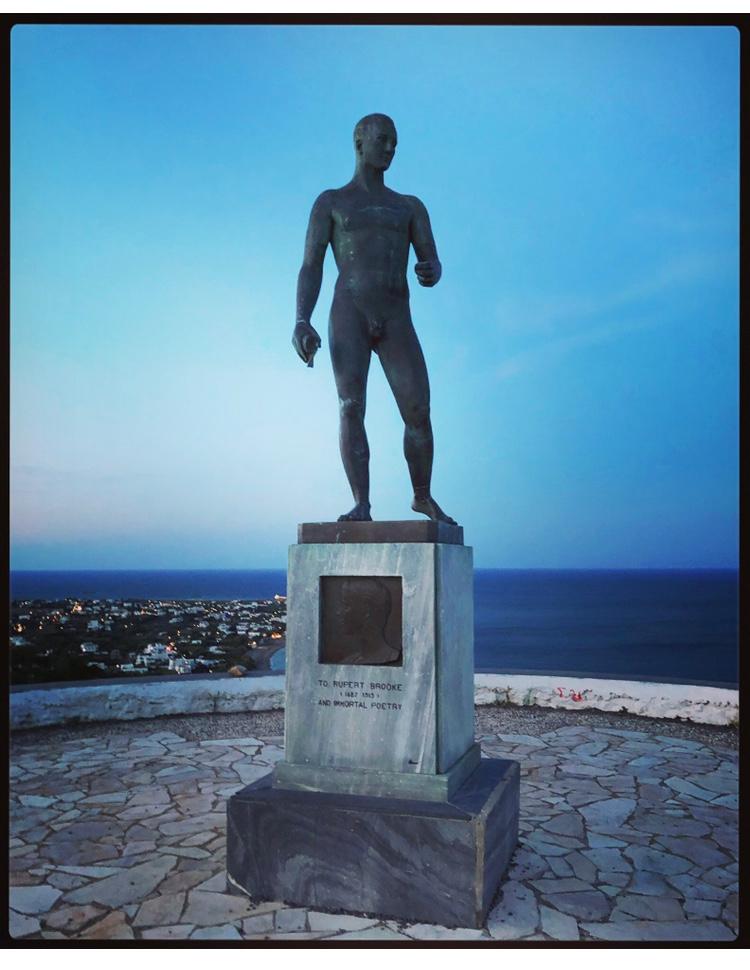
Reason 3: Culture and history
Right next to the ‘Square of Eternal Poetry’, there’s the Archaeological Museum with finds from the island’s excavation sites dating from the Early Helladic (2.800-1.900 BC) to the period of Roman occupation (1st century AD). The museum is open from Tuesday to Sunday (08.00 – 15.00); the standard admission fee costs only 2 euros.
Next door to the Archaeological Museum, there’s the historical and folk art Manos Faltaits Museum, one of the first of its kind in Greece. Housed in a mansion, it exhibits traditional and contemporary folk art items, such as embroideries, costumes, ceramics, and furniture, for which Skyros is famous. Other exhibits include historical documents and publications, as well as paintings. The museum is open daily from 10.00 to 14.00 and from 18.00 to 21.00; the standard admission fee costs only 2 euros.
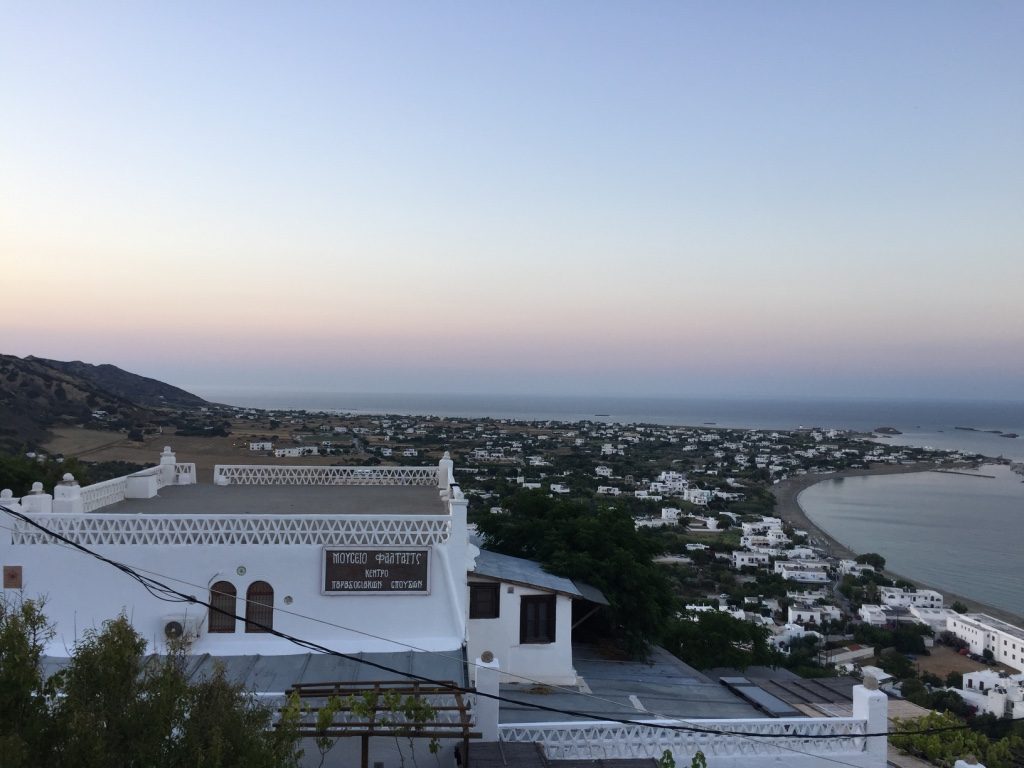
Palamari, on the northeastern coast of the island close to the airport, is an archaeological site dating back to the Early Helladic period. It is one of the most important prehistoric settlements of the Aegean.
Reason 4: Hora, the heart and soul of Skyros
Like with many other Greek islands, Hora is the name of the capital and main settlement of Skyros. Built on the slopes of a hill overlooking the Aegean, Hora is the heart and soul of the island. Since Skyros is relatively isolated (compared to most Greek islands anyway) and quite unknown to foreign visitors, it has not been affected by mass tourism. It has managed to preserve its authenticity and traditions throughout the years and this makes it an ideal summer destination for those wanting to escape the crowds of Mykonos, Santorini or Crete.
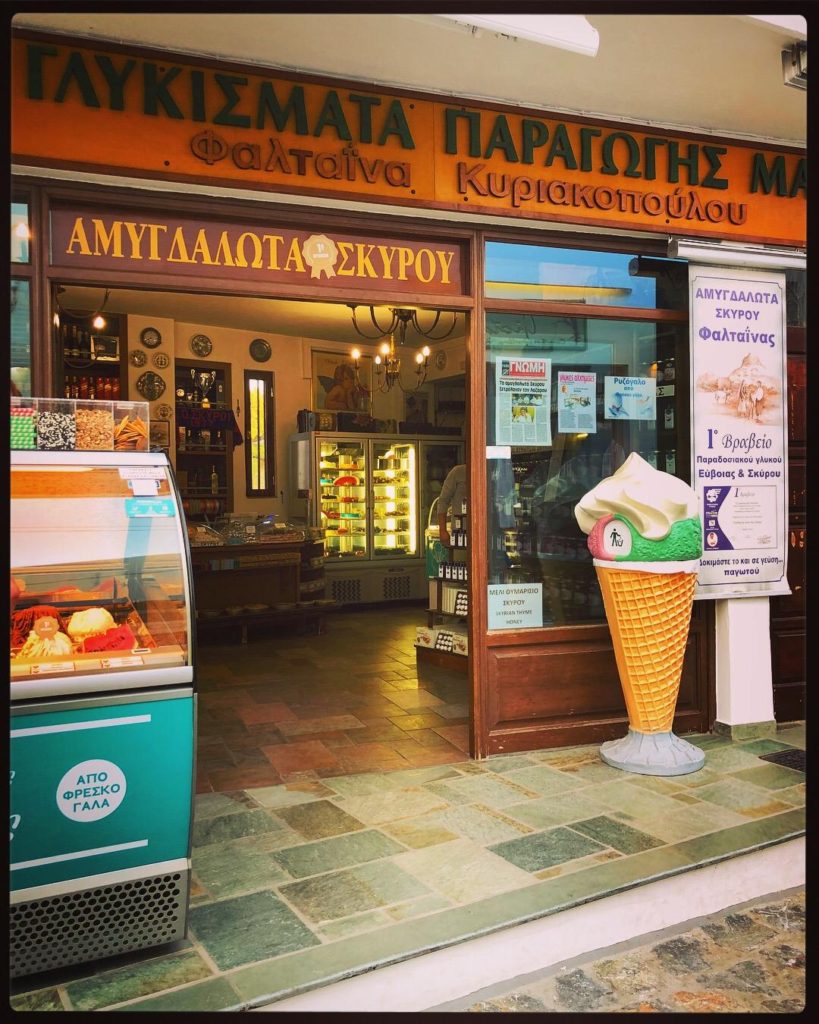
Yet, in the summer, Hora really comes to life. Follow ‘Megali Strata’ towards either the ‘Square of Eternal Poetry’ or the ‘Kastro’ (see next reason). Whilst strolling around the snarl of cobblestone alleys that make up the village, breathe in the soft yet distinctive aroma of jasmine, wander between the whitewashed houses and several churches and chapels, and have a pitstop at one of the many taverns, cafes, ice-cream parlors or funky cocktail bars (check out reason 9 for details). Then walk up to the monastery of St George to admire panoramic views of Hora and the Aegean surrounding the island.
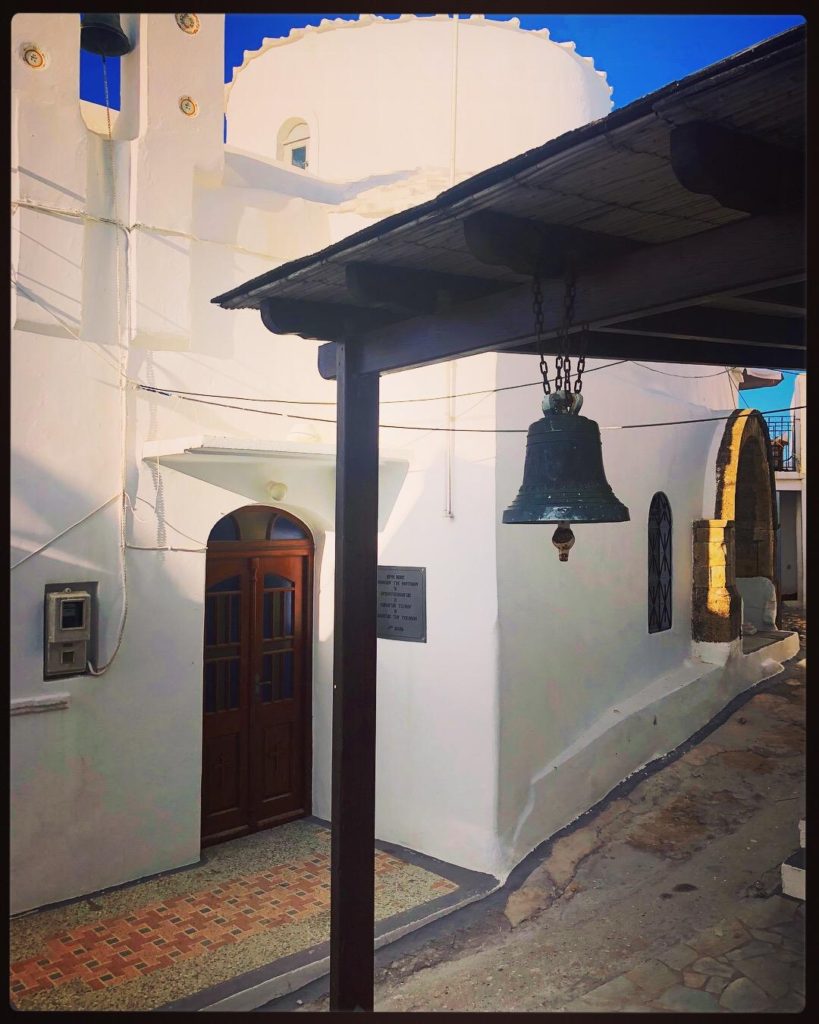
Reason 5: The Castle and the monastery
Dedicated to the patron saint of Skyros and proudly overlooking the island, the Greek Orthodox monastery of St George is located inside the ‘Kastro’ (Castle), a Byzantine fortress originally built to defend against pirate attacks. Walking up to the monastery is easier than one may imagine; trust me, my 90-year-old great aunt Anna has no difficulty in going there. The path is clearly sign-posted; you could start your ascend from either Hora’s main square or the ‘Square of Eternal Poetry’. The monastery is open to the public between 10.30 and 12.30 in the morning and from 6.30 to 8.30 in the evening.
Reason 6: Beaches and sea
Located in the middle of the Aegean, Skyros is the largest and southernmost of the Sporades islands (the other three of the group are Skiathos, Skopelos, and Alonisos). In the northern part of the island, there’s the village of Hora, the airport and the port of Linaria, as well as many easily accessible beaches.
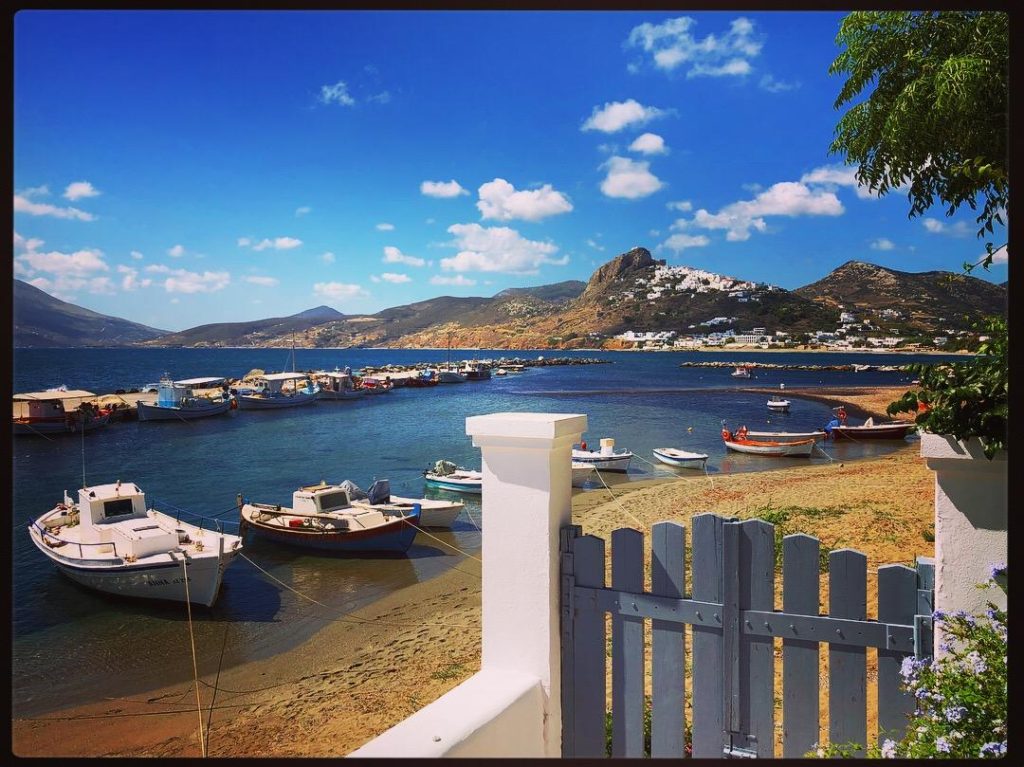
On the east coast of the island and within walking distance from Hora, there’s the long and sandy beach of Magazia (the southernmost part) and Molos (the northernmost part). Home to a number of beach restaurant-bars and seaside taverns (see reason 9), this beach offers a wonderful view of Hora. Halfway between Molos and the beach of Gyrismata, there’s the bar ‘Anemomylos’, one of my favorites on the island.
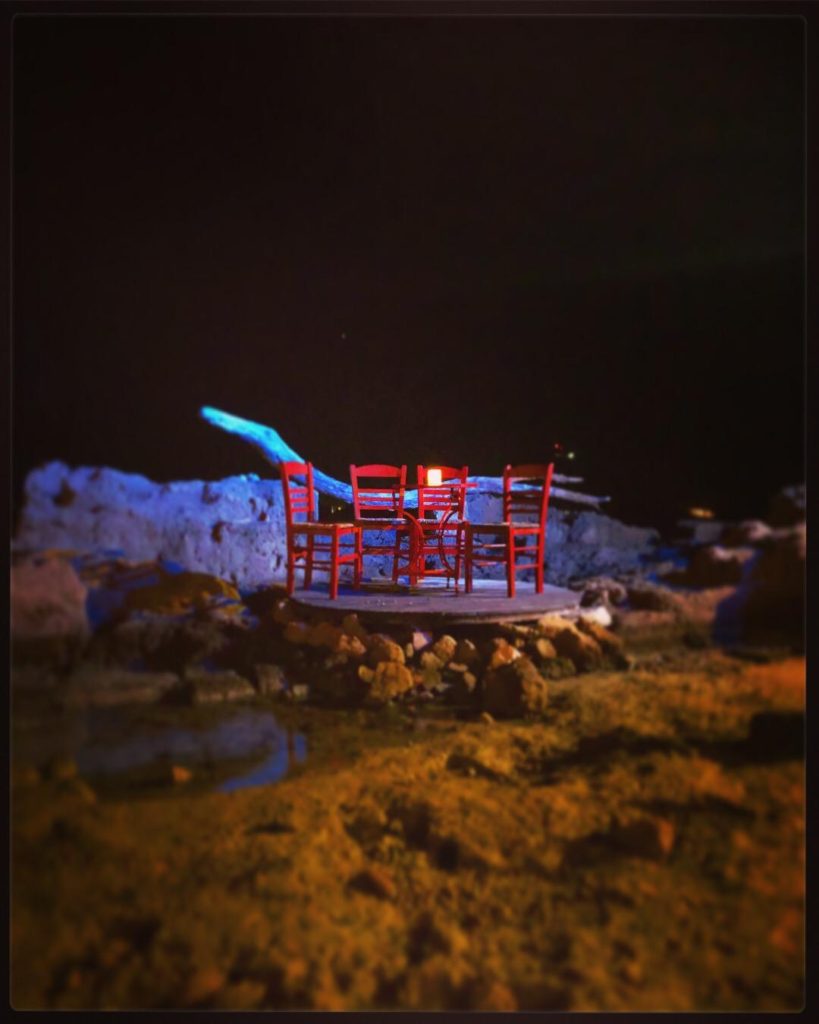
On the west coast of Skyros, there’s the port of Linaria. South of it, there’s the beach of Kalamitsa, whereas north of the port, there’s the beach of Aherounes.
North of Axerounes, there’s my favorite beach of the island, Pefkos. Here you’ll find a beautiful bay with crystal clear waters surrounded by pine-covered slopes (‘pefko’ is Greek for ‘pine’), a lovely beach bar and Stamatia’s tavern. Enough said, I think.

From there, there’s a mountainous drive towards the beaches of Atsitsa and Kyra-Panagia, my great aunt Anna’s favorite beach. Skyros Center is also located there.
Reason 7: The Skyrian Horse
The Skyrian Horse is a breed of miniature horse unique to Skyros. One of the rarest horse breeds in the world, the Skyrian Horse is a protected species; only a couple of hundred horses now remain. Once also found in mainland Greece, nowadays, they can only be found in Skyros (either in the wild or in farms). Standing just 3.2 to 3.6 feet (90 to 100 cm) tall, they are commonly but mistakenly referred to as ponies.
Reason 8: Folk art and Carnival
Skyros is famous for its folk art: embroideries, red ceramics, and carved wooden furniture; these can be admired at the museums mentioned above, but they can also be purchased across the island.
It is also famous for its Carnival, which takes place in February/early March; in Greece, the Carnival season is the 3 weeks preceding the 40-day fast leading up to the Greek Orthodox Easter. In Skyros, men wander around wearing black capes and white trousers with clanging goat bells hanging from their belts.
Reason 9: Eat and drink
My favorite Skyrian delicacy is ladopita, bread baked with olive oil, with locally produced sour cheese (xynotyri). It is served for breakfast or as a side to the main course. Other locally-produced and equally delicious cheeses are graviera and mizithra.
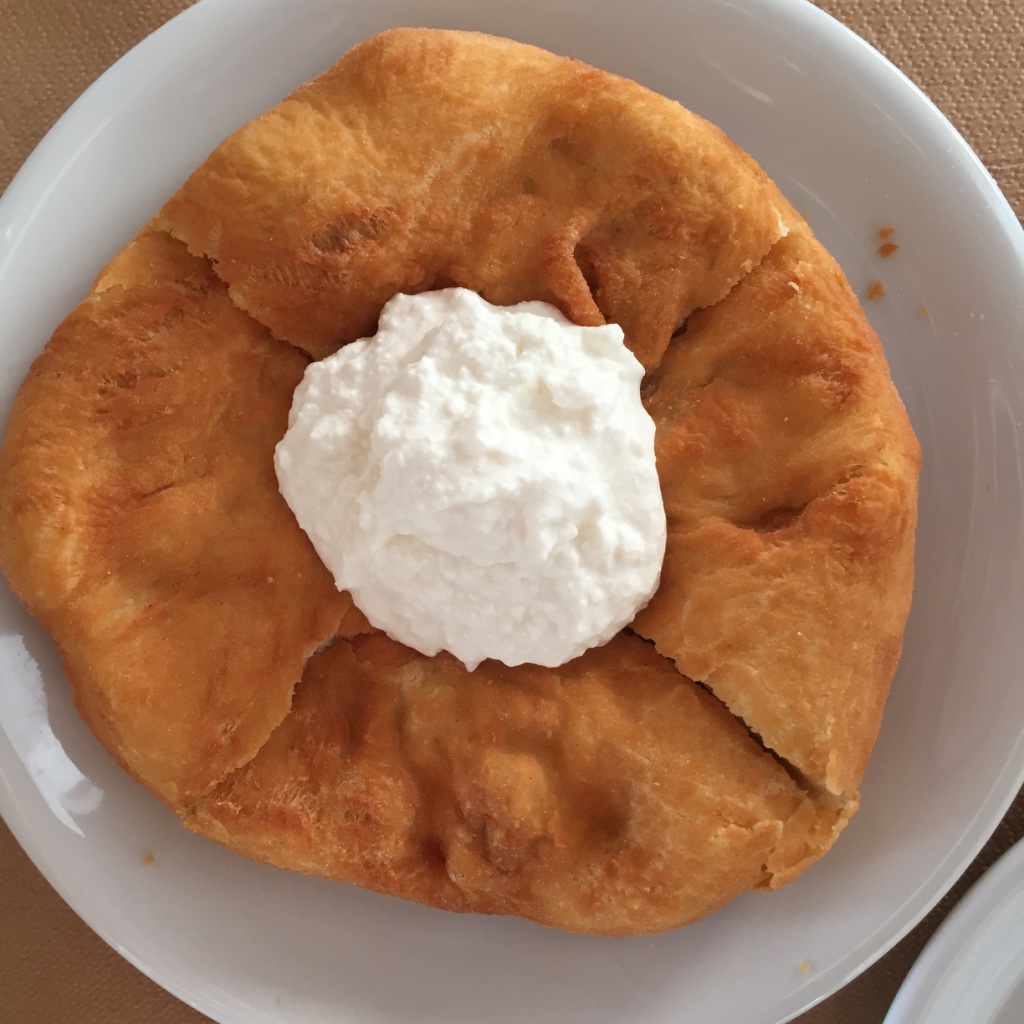
Astakomakaronada (lobster spaghetti) is arguably the most famous Skyrian dish. Stefanos’ seaside tavern at Magazia is famous for it; once you have the first bite, you will understand why. Other seaside taverns I would recommend are Stamatia’s at Pefkos and ‘O Mylos tou Mpalampani’ at Molos.

Back in Hora, there are lots of taverns, serving not only fish seafood, but also meat dishes. ‘O Pappous mou ki Ego’ and ‘Manna mou’ stand out. With Skyros being a mountainous island, its cuisine is not limited to fish and seafood; goat dishes are served in most taverns. Whilst having seafood by the sea makes perfect sense, it equally feels natural not to when having a meal inland.
After dinner, stop at Hiotis’ or at Faltaina’s for takeaway dessert, or ice-cream. I would recommend ‘amygdaloto’ – a marzipan-based bite-size dessert, or even the ice-cream of the same flavor.
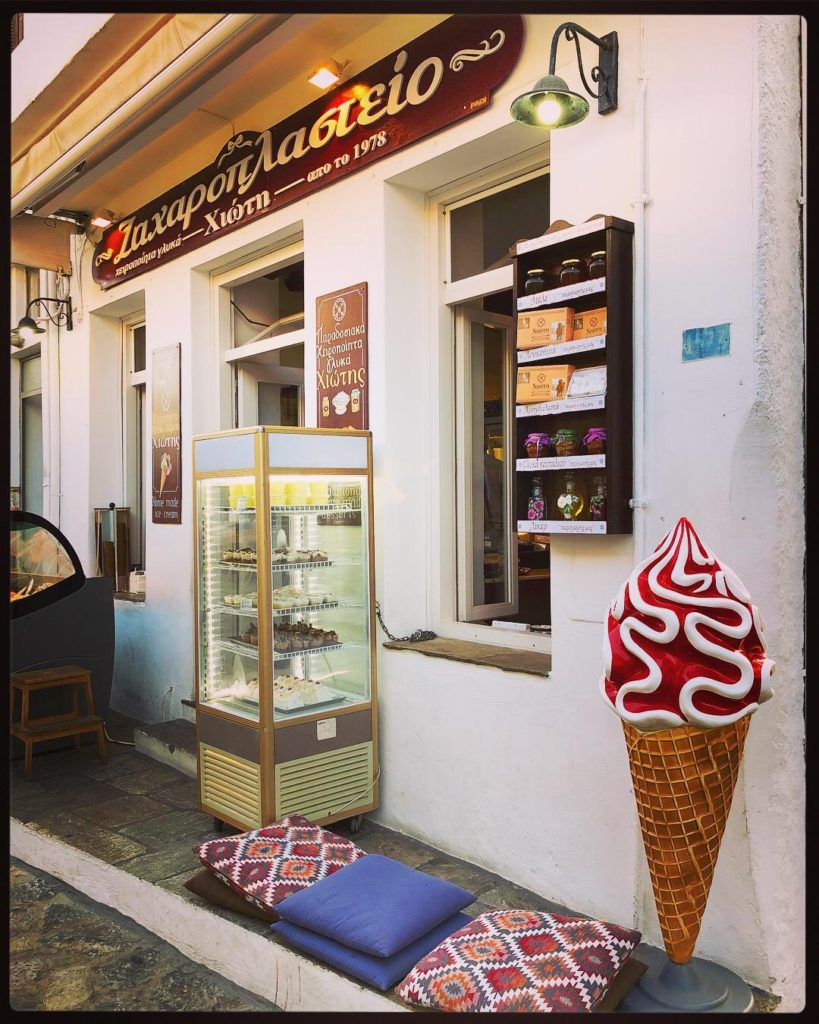
It’s then time for a cocktail or two; Hora is not short of choice. Most of the bars are all day café-bars and they’re open from early morning to … early morning; however, they may be closed in the afternoon when the day is at its hottest, so check the opening times before visiting. ‘Akamatra’ and ‘Agora’, both situated by the main square, really come to life in the late evening; their roofs are not to be missed as they offer a wonderful view of the Castle and the monastery.
If you follow ‘Megali Strata’ uphill, you will come across the café-bar ‘Rodon’, which also has a roof. ‘Oino’ is another excellent choice for cocktails, whereas café ‘Kalypso’ (almost opposite) is best to visit in the morning or before dinner. Continuing past the ‘Square of Eternal Poetry’, there’s the all-day café-restaurant-bar ‘Anatolikos Anemos’, also best to visit during the day (breakfast anyone?) to admire the view of the Aegean.
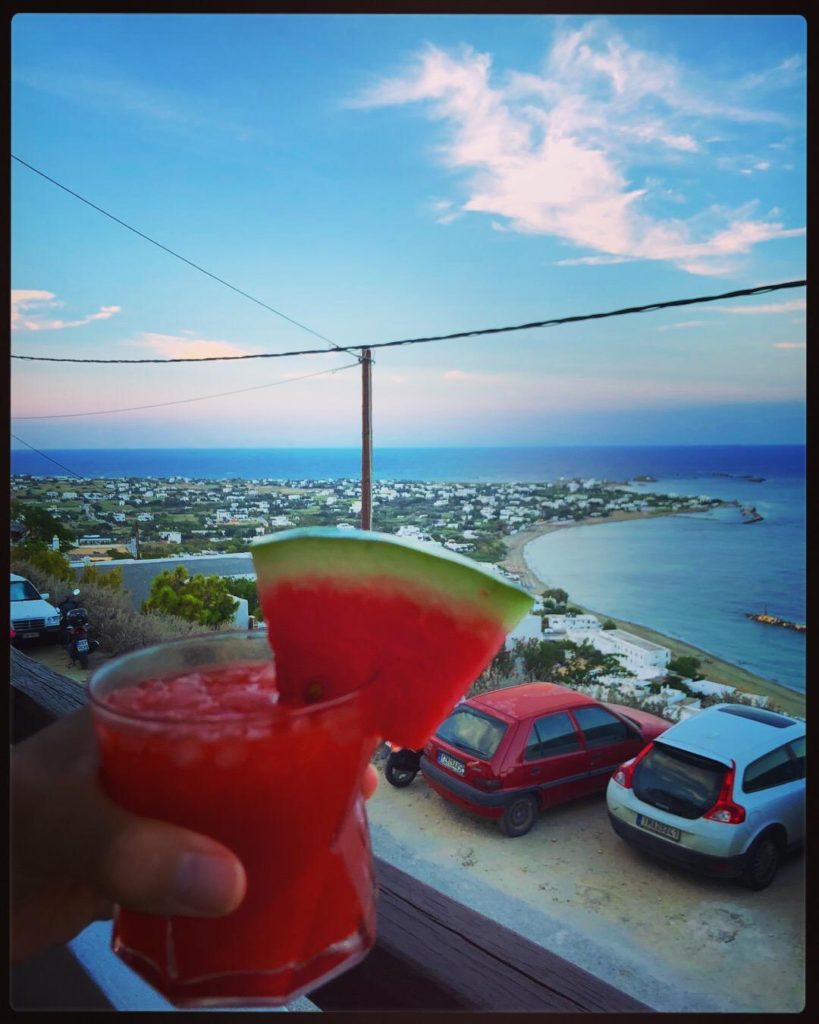
Most of the island’s nightlife is in Hora, yet it is by no means limited there. Halfway between Molos and the beach of Gyrismata, there’s the bar ‘Anemomylos’, one of my favorites on the island. For something more alternative/hipster, there’s ‘Korfari’ at Magazia. There’s also a number of bars (and taverns, too) at the port of Linaria, an ideal place to watch the sunset from.
How to get to Skyros
You can fly to Skyros directly from Athens or Thessaloniki (regular flights, 30 minutes), or arrive via ferry from Evia (regular daily services, 90 minutes), or from the other Sporades islands. Once on the island, renting a car is highly recommended.
When and how long to visit Skyros
For me, the best time to visit Skyros (and the Greek islands in general) is the summer; this is when the ferries are at their most frequent, the weather at its warmest and the atmosphere at its best. If you’re planning an island-hopping holiday, July and August are the best months. Skyros can easily be combined with the other Sporades islands: Skiathos, Skopelos, and Alonissos. I would recommend staying in Skyros for at least four days.
Alternatively, you can visit Skyros in time for the Carnival, which takes place in February/early March.
Accommodation in Skyros
Most hotels and rooms to rent are located in Molos or Gyrismata. During my last visit, I stayed at Nemire Luxury Residences in Molos, right by the sea. They include a villa, individual rooms to rent, and studios; they’re all self-catered and full with character.
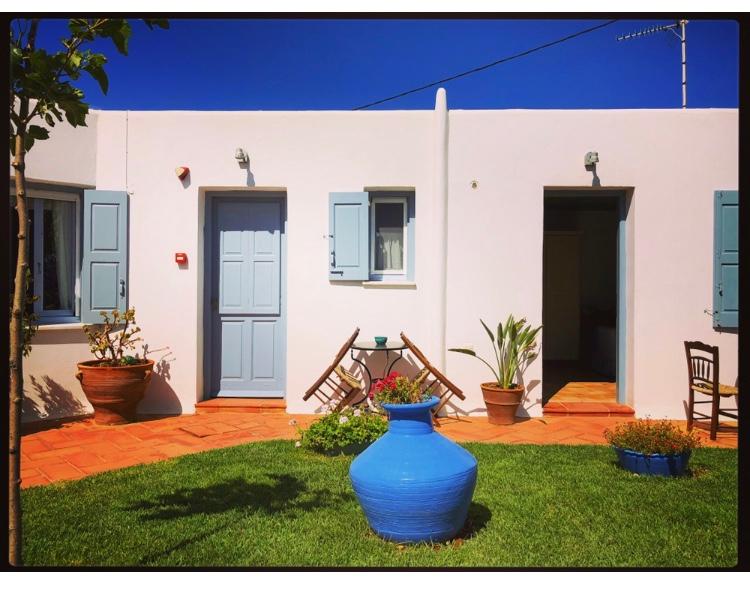

Further reading
To better prepare for your trip, I would recommend the Lonely Planet Greek Islands Travel Guide
For my tips on other Greek islands, check out my previous posts on Mykonos, Santorini, Amorgos, and Koufonisia and a 2-week itinerary around the Cyclades.
For more ideas about wellbeing retreats, read Wellness Escapes
To follow my travels around the world, simply subscribe to the Traveling Psychiatrist (just click on the menu on the left-hand side).

Have a great journey!
Alex
(the Traveling Psychiatrist)
One Comment
Pingback: